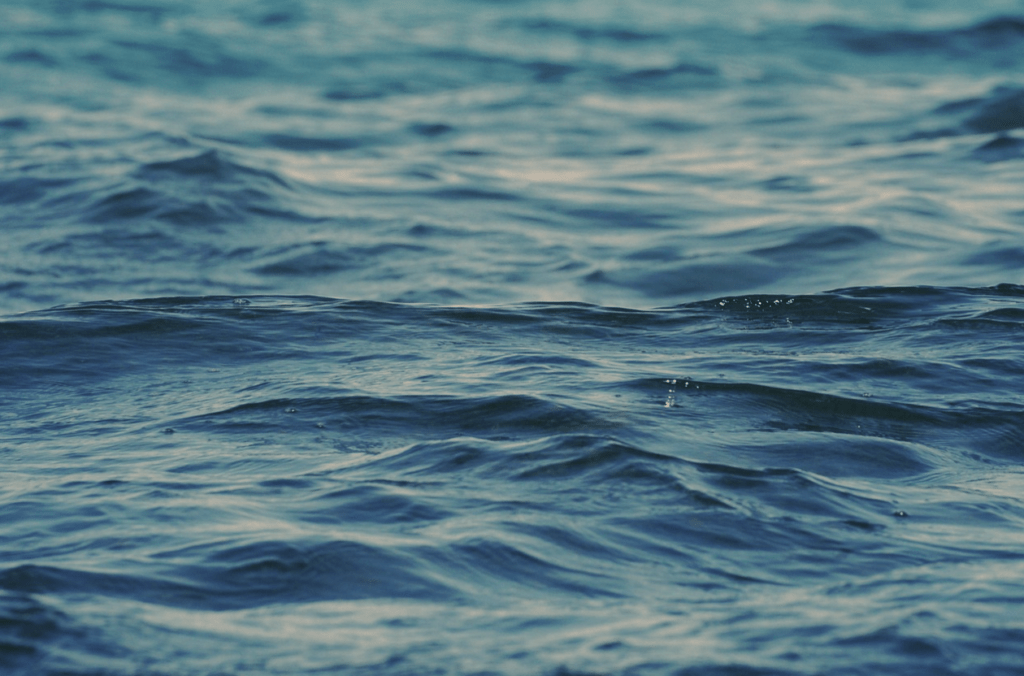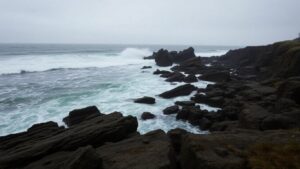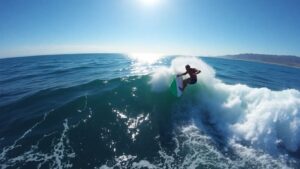Learn how to read surf forecasts like a pro. This guide explains how to interpret swell, period, wind, tides, and surf forecast tools like Windy, Surfline, and Windfinder — so you can score the best waves every time.
Introduction: The Art of Predicting Waves
Every surfer knows the feeling — you pull up to your local break, board waxed and ready, only to find ankle slappers instead of barrels. The truth is, great surf isn’t about luck; it’s about understanding surf forecasts.
Reading a forecast is like decoding nature’s language — the ocean, atmosphere, and land all communicate through data: swell, wind, period, tide, and direction. Once you learn to read those variables, you’ll never waste a surf trip again.
In this guide, we’ll dive into the core elements of surf forecasting, break down the meaning behind each metric, and show you how to use the most trusted surf forecast tools — Windy, Surfline, and Windfinder — to plan your next session.
1. The Swell: The Ocean’s Energy
What Is a Swell?
A swell is the energy generated by wind blowing over the surface of the ocean — often from storms hundreds or thousands of kilometers away. This energy travels across the sea as undulating waves until it meets the coastline and transforms into the surf we ride.
When reading a surf forecast, the “swell” section tells you how big, how long, and from which direction that energy is arriving.
Swell Height
This is the average size of the waves offshore, measured in meters or feet. But here’s the key: a forecast showing a 2-meter swell doesn’t mean 2-meter waves at your beach. The shape of the seabed (bathymetry), the angle of the swell, and local winds all affect how big waves actually break.
- 0.3 – 0.6m (1–2ft): Beginner-friendly, small surf.
- 0.9 – 1.5m (3–5ft): Fun, consistent conditions for most surfers.
- 2m+ (6ft and above): Advanced or reef break conditions.
Swell Direction
Swell direction tells you where the energy is coming from, usually expressed in degrees or cardinal points (e.g., W, NW, SSW).
Each surf spot works best with specific directions based on how it faces the ocean.
For example:
- A north-facing bay might work best with N or NE swells.
- A south-facing reef will light up with a S or SW swell.
Knowing your local break’s preferred direction is crucial — even a few degrees can make or break your session.
Swell Period
The period is the time (in seconds) between wave peaks — essentially, how long it takes one wave to pass the same point after the last one.
Longer periods mean more powerful, organized swells.
Here’s a simple rule:
- <8 seconds: Weak, local wind waves. Usually messy.
- 8–12 seconds: Medium-period, fun surf.
- 13–20+ seconds: Long-period groundswells. Clean, powerful, and travel far.
A 1.5m swell with a 15-second period can produce much larger, cleaner surf than a 2m swell with only 6 seconds.
2. Wind: The Sculptor of Waves
Wind is the most unpredictable and influential factor in surf quality. It can turn perfect swell into mush — or transform a mediocre day into glassy magic.
Wind Direction
Forecasts usually show wind direction as the direction the wind is coming from.
For example, a “NW wind” blows from the northwest toward the southeast.
You’ll often hear two key terms:
- Offshore winds: Blow from land to sea, grooming waves into clean, hollow lines. These are the holy grail of surf conditions.
- Onshore winds: Blow from sea to land, creating choppy, messy waves.
The best direction depends on your local coastline.
If your beach faces west, for example:
- East winds (offshore) = clean surf.
- West winds (onshore) = sloppy surf.
Wind Speed and Force
Wind speed is usually given in knots, km/h, or m/s.
- 0–5 knots: Glassy perfection.
- 5–10 knots: Light texture, still fun.
- 10–15 knots: Choppy conditions.
- 15+ knots: Rough, wind-blown surf (unless it’s a steady offshore).
In stormy regions, you’ll also see gusts listed — these are short bursts of stronger wind that can affect wave shape.
3. Tides: The Hidden Variable
Tides determine when a surf spot works best. Some reefs only break at mid-tide; some beach breaks turn into closeouts at high tide.
Tides affect:
- Wave shape and steepness
- Break position
- Paddle-out distance
Always check the local tide chart along with your forecast. It can be the difference between waist-high peelers and dry reef.
4. How to Read a Surf Forecast (Step by Step)
Let’s put it all together:
- Check the swell height and period — is there enough energy for your spot?
- Confirm the swell direction — does it align with your beach’s exposure?
- Look at the wind direction — offshore or onshore?
- Check wind speed and gusts — will it stay clean or turn messy?
- Note the tide times — match them with your spot’s best conditions.
- Cross-reference tools — compare at least two different surf forecast platforms for accuracy.
5. The Best Surf Forecast Tools
Surfline
Surfline is the most popular surf forecasting platform in the world. It provides detailed data plus live HD cameras, spot reports, and multi-day forecasts.
It’s user-friendly and great for visual surfers — the cams show what’s happening in real time.
- Best for: Checking current conditions and premium forecasts.
- Pro tip: Use the “spot overview” to see how your local break reacts to different swell directions and periods.
Windy
Windy.com offers stunning, animated wind and swell maps. It’s perfect for surfers who love data visualization.
You can see global storms, wind patterns, and how energy moves across oceans.
- Best for: Tracking incoming swells and understanding regional weather systems.
- Pro tip: Toggle between wave height, period, and wind layers to see how they align over your coastline.
Windfinder
Windfinder focuses on wind strength, direction, and gusts — ideal for kite surfers and wind-sensitive surf breaks.
It gives you precise local data, updated frequently, and includes Superforecast, a high-resolution model that’s great for coastal areas.
- Best for: Wind-focused breaks or days when the breeze makes all the difference.
- Pro tip: Use the “Compare Forecasts” feature to spot discrepancies between models.
6. Bonus: Reading the Ocean in Real Life
Even the best apps can be wrong. Always cross-check the forecast with what you see and feel at the beach.
Look for:
- Wave consistency: Are sets arriving regularly?
- Wind shifts: Sometimes the breeze changes direction midday.
- Crowd behavior: Locals often know the best tide and wind windows.
Forecasts are guides, not guarantees. The best surfers blend data with intuition.
7. Key Takeaways
- Swell height tells you wave size; swell period tells you power.
- Swell direction determines whether your spot will even break.
- Wind direction shapes the wave face — offshore = clean, onshore = messy.
- Tides decide when your break works best.
- Cross-check forecasts from Windy, Surfline, and Windfinder for the full picture.
Conclusion: From Forecasts to Freedom
Mastering surf forecasts turns you from a hopeful paddler into a wave hunter. You’ll start recognizing patterns — a southwest swell with light easterlies, or a long-period north swell after a storm — and you’ll know exactly when to load up the van.
The ocean never lies, but it does whisper.
Learn to read the signs, and it will tell you when to paddle out.








